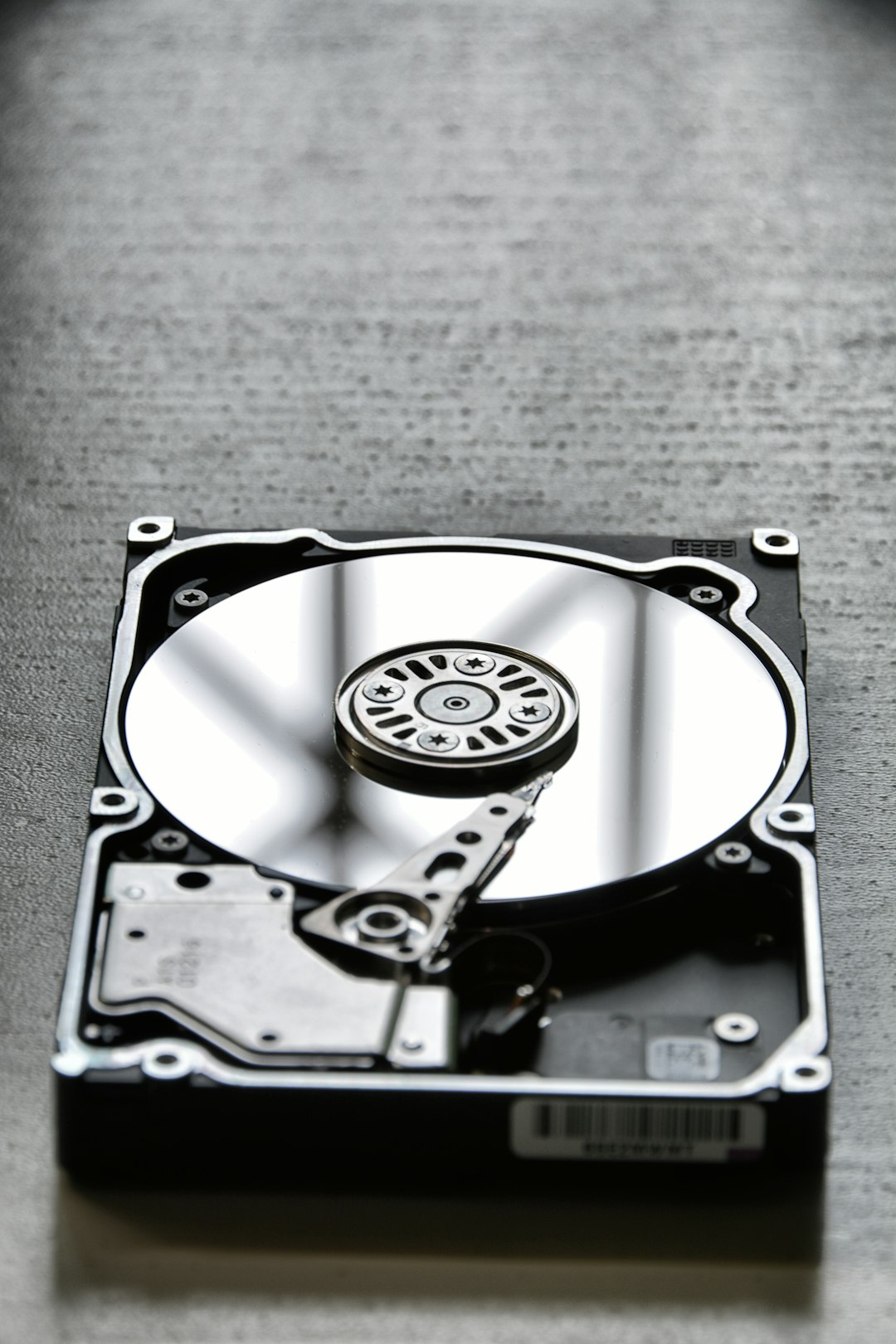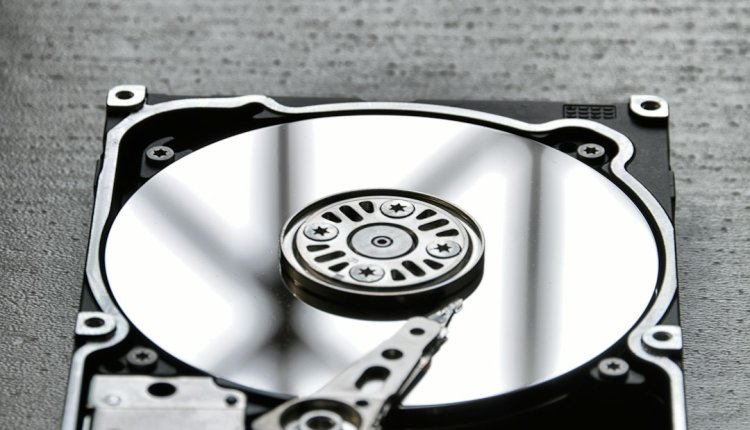Troubleshooting Bootloader Crashes After macOS Updates
Ah, the joys of a macOS update! You click that shiny “Update Now” button full of hope. Then… BAM! Instead of your familiar desktop, you’re staring at a black screen or a bunch of weird terminal text. What happened? Your bootloader might have crashed. But don’t worry—we’ve got you covered!
TLDR:
Bootloader crashes after a macOS update usually happen due to compatibility issues, misconfigured settings, or missing files. First, stay calm. Then, check your EFI folder, update OpenCore or Clover, and keep a backup always. You’ll have your Mac back in no time!
What Is a Bootloader Anyway?
The bootloader is like the gatekeeper of your Mac. When you power up, the bootloader decides what gets launched. If it trips, you’re stuck. on. nada.
It’s especially important if you’re running a Hackintosh (a PC that runs macOS). Or if you customized your boot setup with OpenCore or Clover.
Why Updates Break Bootloaders
macOS updates love to play with system files. They sometimes:
- Change kernel settings
- Modify EFI partition structures
- Overwrite system drivers
If your bootloader isn’t updated too—or if it’s badly configured—it throws a tantrum. Hence, the crash and the confusion.
Symptoms of a Bootloader Crash
You might be facing a bootloader issue if:
- Your Mac won’t start at all after the update
- You see a black screen or flashing folder
- Terminal text appears on boot and then freezes
- macOS hangs at the Apple logo
Yup, that’s the bootloader crying out for help.
Quick Things to Try First
Before diving deep, try these simple tricks:
- Reset NVRAM: Hold Option + Command + P + R on boot.
- Use Safe Mode: Hold Shift during startup.
- Boot with recovery USB: Plug in your macOS installer and hold Option.
If none of these work, it’s time to get serious.
Check Your EFI Partition
The EFI partition is where your bootloader lives. A macOS update might mess with it. Here’s what to do:
- Use a USB with EFI mounting tools (like Clover Configurator or MountEFI)
- Mount the EFI partition
- Open the EFI drive and inspect the folders
You want to see something like:
- /EFI/BOOT/BOOTx64.efi
- /EFI/CLOVER/ or /EFI/OC/
If things look strange or are missing, your bootloader might need reinstalling.

OpenCore Users: Update Time!
If you’re using OpenCore, you’re in luck. It’s super powerful—but picky.
After a macOS update, you’ll want to:
- Download the latest OpenCore release
- Replace your current EFI folder (after backing it up!)
- Use the ProperTree app to edit config.plist
- Run the OpenCore sanity checker
OpenCore always needs to match the macOS version. An outdated version equals a crashy boot.
Clover Users: Yes, You Too
If you’re using Clover, the steps are similar:
- Back up your current EFI folder
- Download the latest Clover bootloader
- Use the Clover configurator tool to install the new version
- Ensure your kexts (kernel extensions) are updated
Your config.plist file should also be verified to match the macOS version.
Image not found in postmetaWhat Are Kexts and Why Should You Care?
Kexts are like drivers for macOS. Your GPU, Wi-Fi card, and even keyboard may depend on them.
If the update changes hardware handling, your old kexts might not work anymore. Always update them after a big macOS jump.
- Use tools like Kext Updater or get the latest from GitHub
- Drop them into /EFI/OC/Kexts/ or /EFI/Clover/kexts/Other
Don’t forget to update the config.plist to match your kext setup!
Got Stuck in a Boot Loop?
Seeing the Apple logo over and over? You might be in a boot loop. Here’s a checklist:
- Recheck your SMBIOS settings
- Make sure your SecureBootModel is appropriate
- Disable SIP (System Integrity Protection) if enabled wrongly
Also, review the boot logs using the -v (verbose) boot flag. It can tell you exactly where things go wrong.
When to Rebuild the Bootloader from Scratch
Sometimes it’s best to just nuke it and start over:
- Your EFI folder is a total mess
- Kexts are from 2018
- Your config.plist has random lines and mystery code
Start fresh with a clean OpenCore or Clover guide. Dump the old stuff. It’s OK. We all need to reset sometimes.
Backup, Backup, Backup!
No article would be complete without this one golden rule:
Always backup your EFI folder before updating macOS.
Use Time Machine or just a plain USB stick. Save your working EFI somewhere safe, so if everything crashes, you can recover quickly.
Tools That Can Help You
Here are a few life-saving utilities:
- MountEFI – to mount EFI partitions
- ProperTree – config editor for OpenCore
- Clover Configurator – a GUI for Clover bootloader
- Kext Updater – update your drivers easily
With these in your toolbox, you’re ready for battle.
Bonus Tip: Use Verbose Mode
Verbose mode is your built-in X-ray vision.
At the boot screen, add the -v boot argument. Instead of an Apple logo, you’ll see what the system is doing. It can help track down the exact problem.
Other useful boot flags:
- debug=0x100 – More detailed logs
- nv_disable=1 – Temporarily disable Nvidia GPU
- keepsyms=1 – Helps spot kernel panics
Still Stuck? Head to the Forums
Communities like these are gold mines for support:
Post your EFI folder (minus serials), and plenty of people will help out. The Hackintosh community is strong—and loves a good puzzle.
Wrap-Up: You’ve Got This!
Bootloader crashes can be scary, but they’re usually fixable. With a little patience, good tools, and a backup EFI, you’ll be back in macOS quickly.
Just remember:
- Don’t panic
- Update everything
- Read logs

Comments are closed, but trackbacks and pingbacks are open.